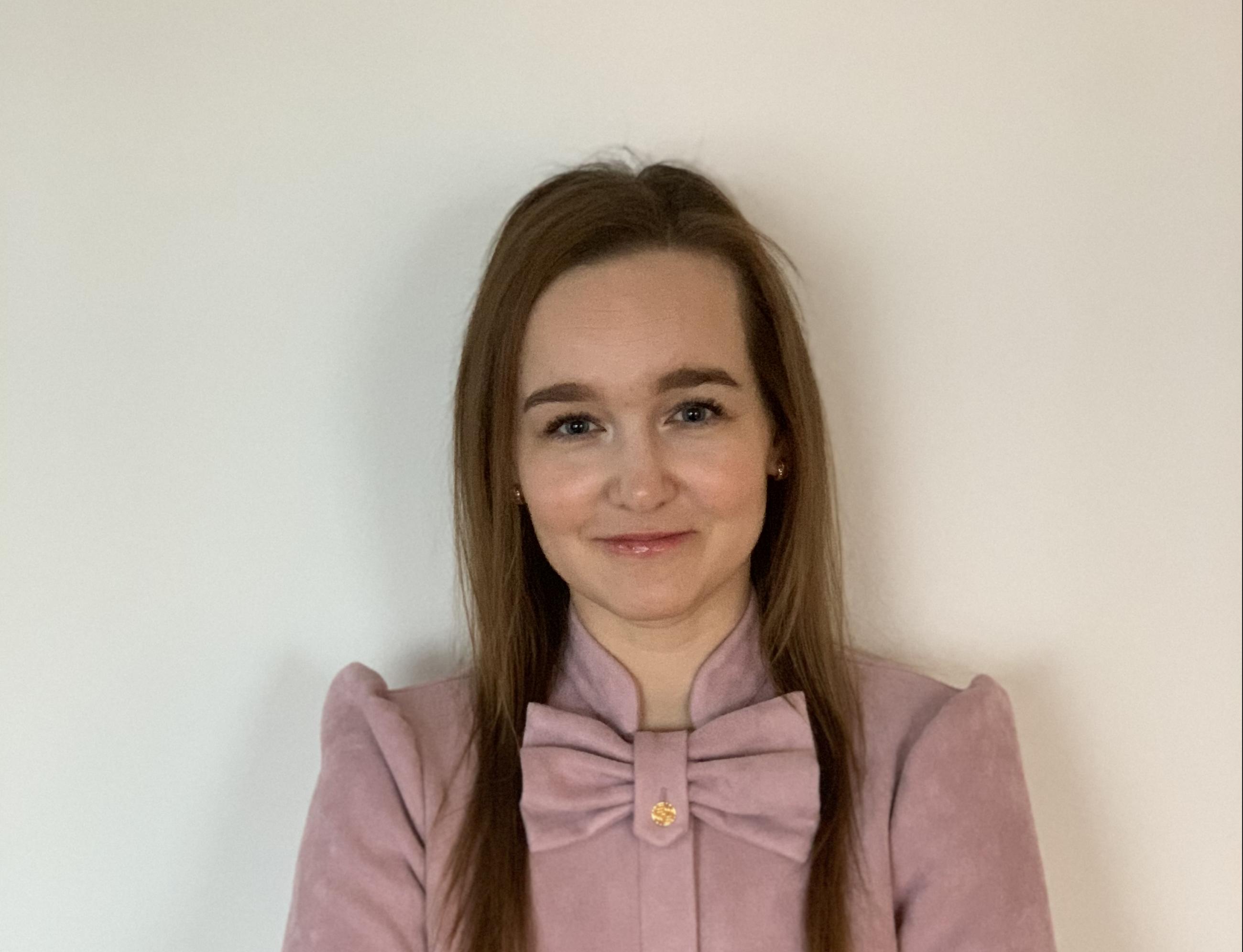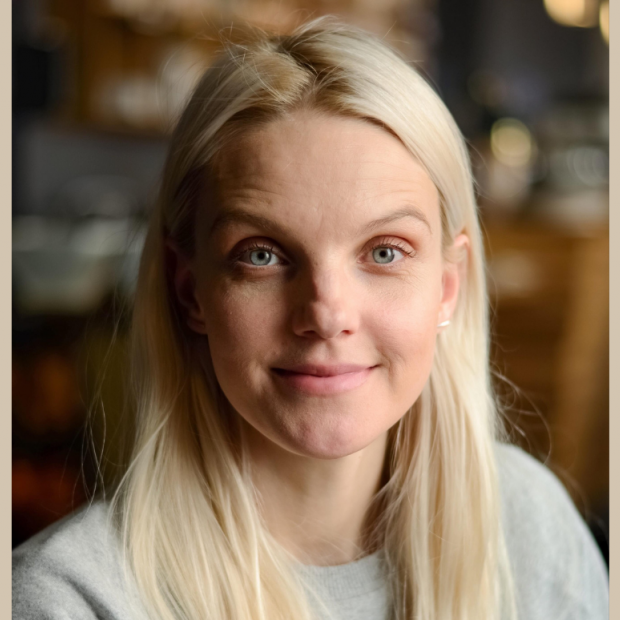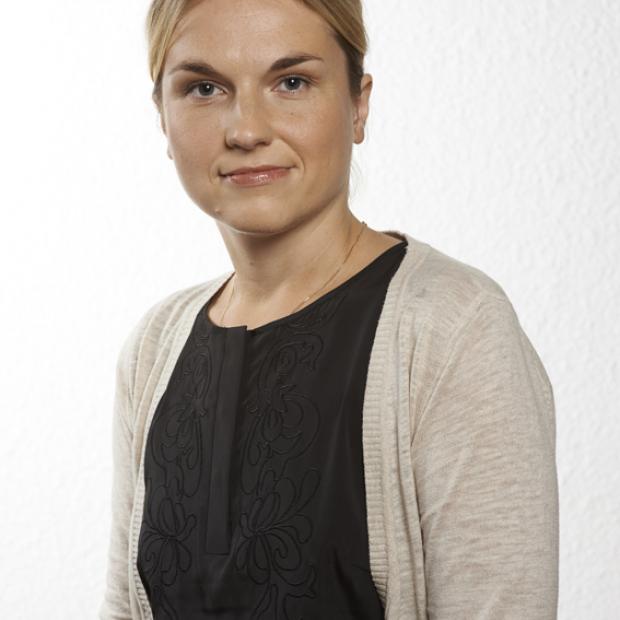Doctoral thesis shows younger generations use English words and phrases frequently and intensely
Helin Kask of Tallinn University’s School of Humanities will be defending her doctoral thesis “English-Estonian code-copying in Estonian blogs and vlogs” on 3 May.

The role of English has become ever more prominent, not only in Estonia, but globally. Considering the socio-linguistic situation in Estonia, it is important to study the impact of English on Estonian. Although multilingual communication on the Internet has been studied using different approaches, studies concerning online language contact are rare. Helin Kask, a doctoral candidate at Tallinn University focuses on language changes taking place due to current language contact and analyses the online language use of young Estonians.
Intense contact with English has raised alarms throughout society regarding the longevity of the Estonian language. The doctoral thesis showed that younger generations borrow (copy) English vocabulary with high frequency and intensity. However, core vocabulary is never borrowed (words such as mother or bread), instead words with specific meaning find their way into vocabularies (such as highlighter and giveaway). There are very few examples of structural changes and they do not present typological problems. In conclusion, it can be said that the English-Estonian language contact is slightly intense and belongs in the second category of Thomason and Kaufman’s (2002) five-step scale.
The doctoral thesis analysed 45 fashion, beauty and lifestyle blogs (275,263 words in total) and six vlogs (around 48,000 words in total). The age range of the bloggers and vloggers was 15-30. The analysis revealed that approximately 89% of the borrowed words were traditional loanwords (exact copies), meaning that the word was carried over from English with the same form and meaning. Often these loanwords are words specific to the field that the blogger or vlogger specialises in: names of beauty products, clothing, colours, etc, for example “eyeshadow brush” instead of lauvärvi pintsel and “trench coat” instead of vihmamantel. There are considerably less mixed and selective copies, around 7% and 4% respectively. Mixed copies are compound words and phrases that have been compiled from the two different languages, for example: nude-roosa ‘nude-pink’ and üli-üli-thankful ‘very very thankful’. Selective copies are seemingly Estonian. Most of the selective copies shown in the thesis are copies of some idioms or expressions that have been translated into Estonian, for example minu vabandused ‘my apologies’ that could be replaced with the more natural Estonian ma vabandan instead. Sometimes these word-for-word translations are used to create word-plays. There are few structural changes in the material, mostly these are constructions that have become more widely used due to the impact of English, for example olen ümbritsetud heade inimeste poolt instead of mind ümbritsevad head inimesed (‘I am surrounded by good people’) or olen spaasse minemas instead of lähen spaasse (‘I am going to the spa’). These changes are also common in general use of the Estonian language.
“The most commonly copied words and phrases are those with specific or metaphorical meaning,” explains Kask. “Due to specific meaning are most likely copied the words that do not exist in the Estonian language or that do not have an exact equivalent. In the case of the loaned metaphorical meanings, the aim is to find new forms of expression that sound fresh and exciting. Copying also occurs due to strong emotional connotation, as strong feelings are often easier to convey in English, and frequency: the more often a word or phrase is seen in English, the more likely it is to be copied to Estonian.”
Until now, very few studies have researched the integration of English words into the Estonian language. The doctoral thesis examined this through the integration of adjectives. The material of the doctoral thesis shows slightly more examples of adjectives not agreeing with the Estonian noun (55%). At the same time, the analysis showed that if the English adjective is morphologically similar to an Estonian word and can be fitted into a declension type, then the adjective will become integrated. Such integrated adjectives were, for example, two-syllable long adjectives that ended with -y and which were structurally similar to the Estonian adjective tubli: fancymaid toite ‘fancier foods’. Adjectives not integrated were those that had a pronunciation different from their spelling, such as ‘awesome’.
The dissertation was supervised by Professor Anna Verschik from Tallinn University. The opponents are professor Albert Backus from Tilburg University and University of Tartu’s associate professor Virve-Anneli Vihman. The public defence will take place in auditorium M-648 at Tallinn University on May 3, at 14:30. The public can view the defence and ask the degree candidate questions on Zoom.
The dissertation is available in the ETERA digital environment of TU Academic Library.




